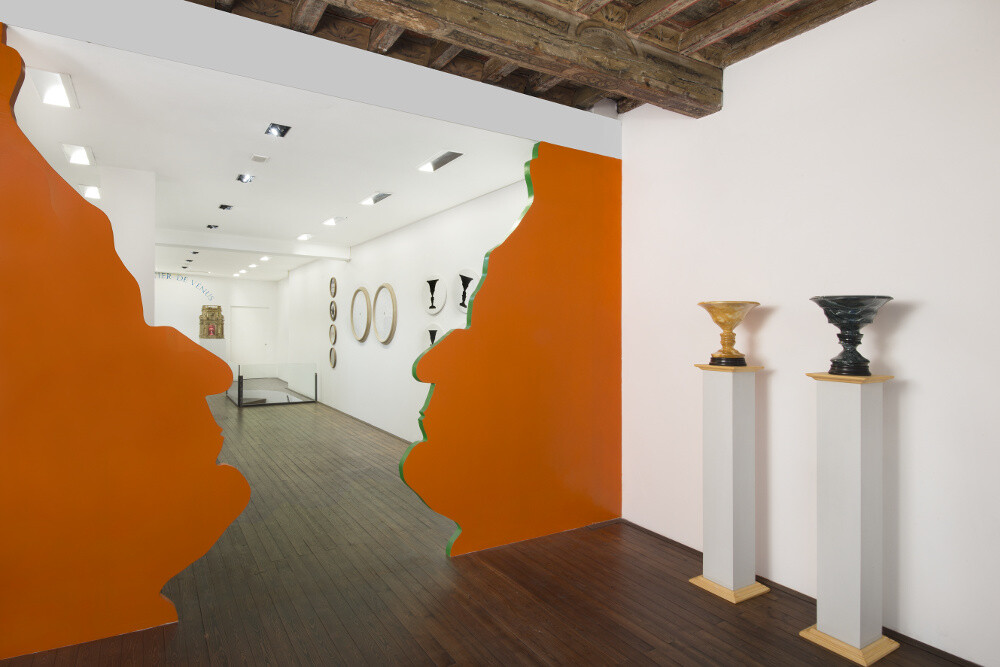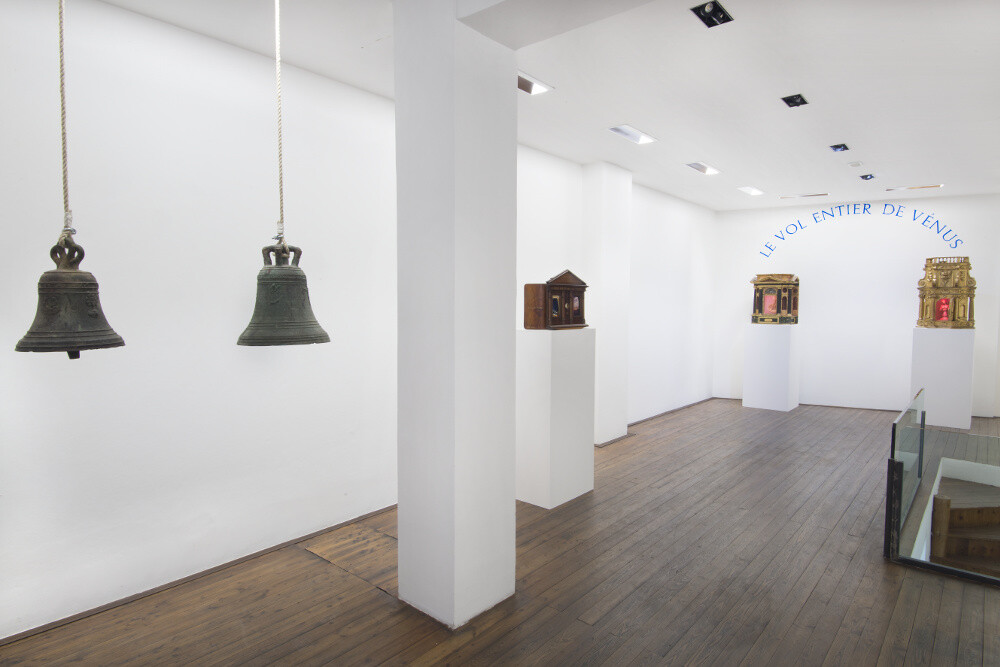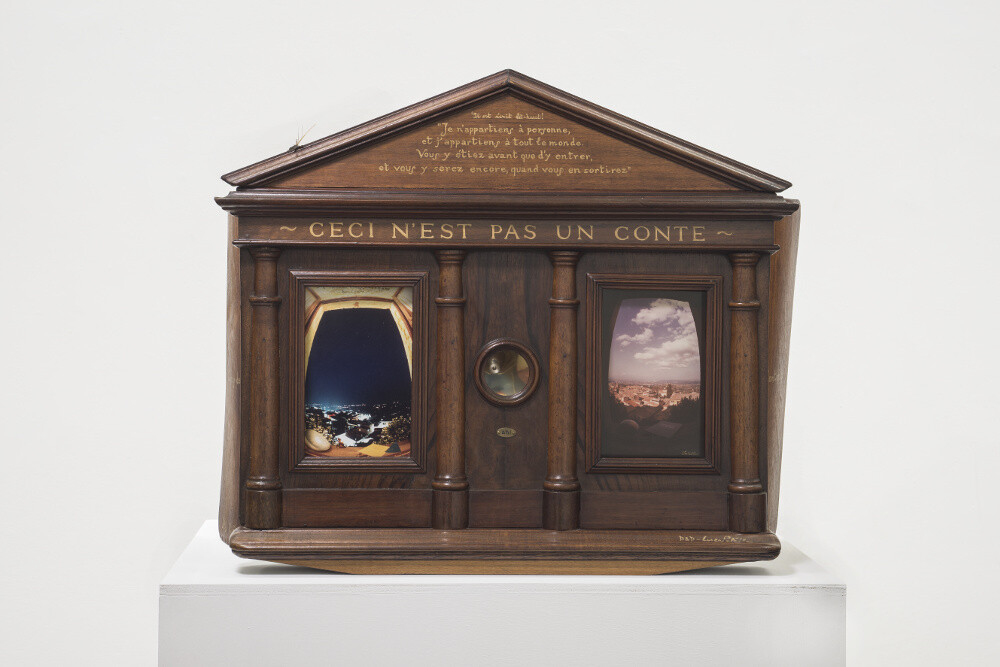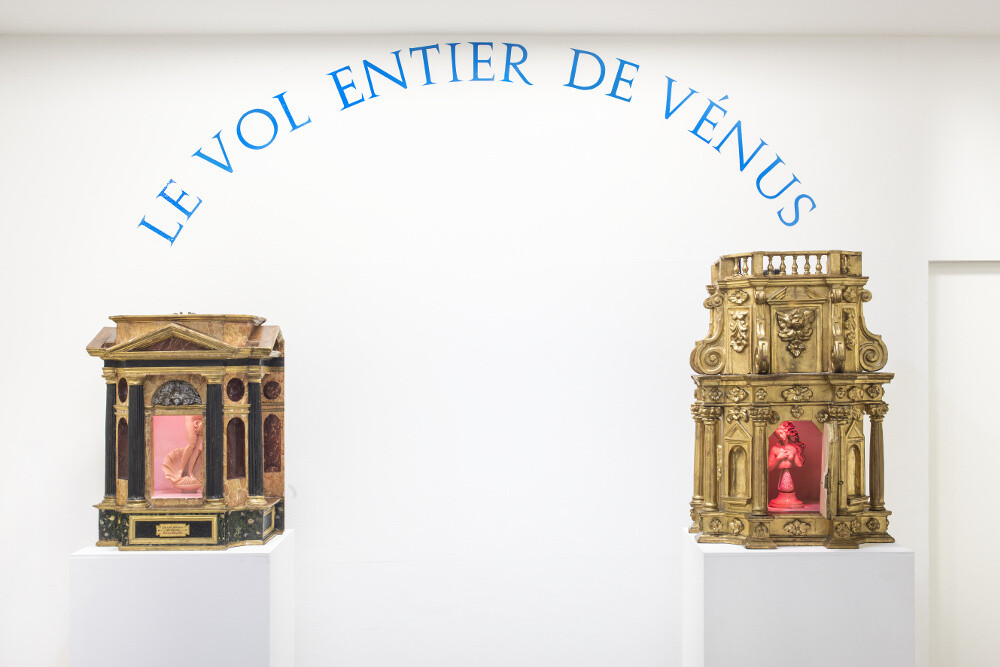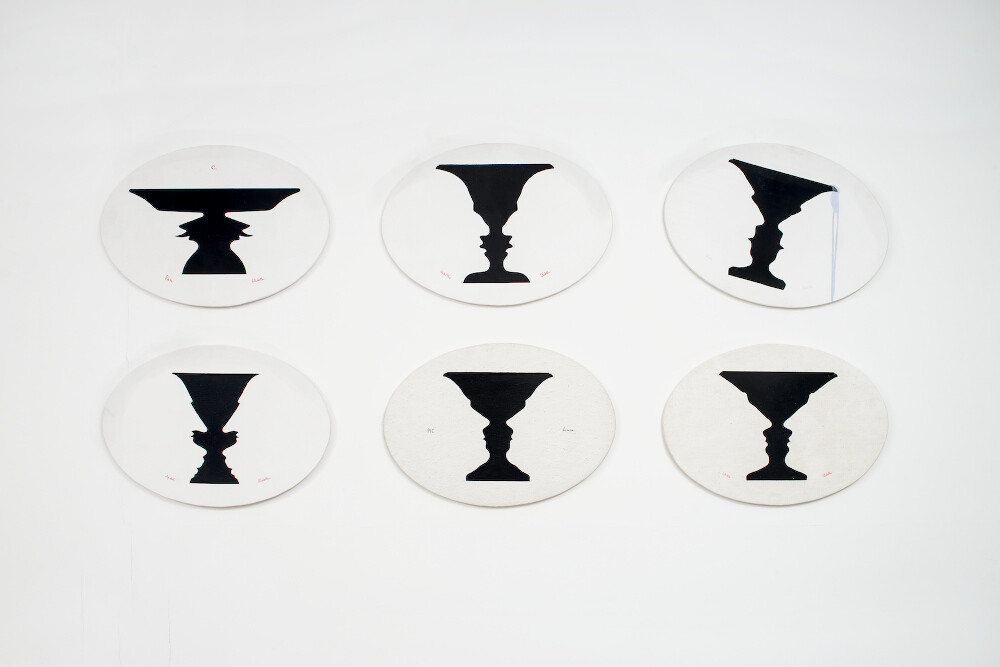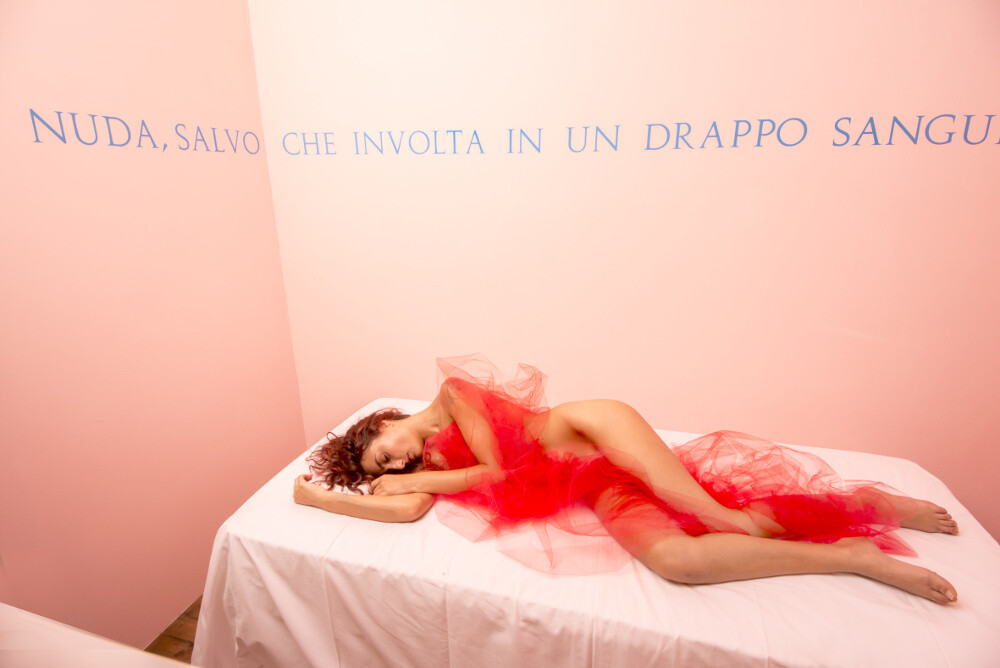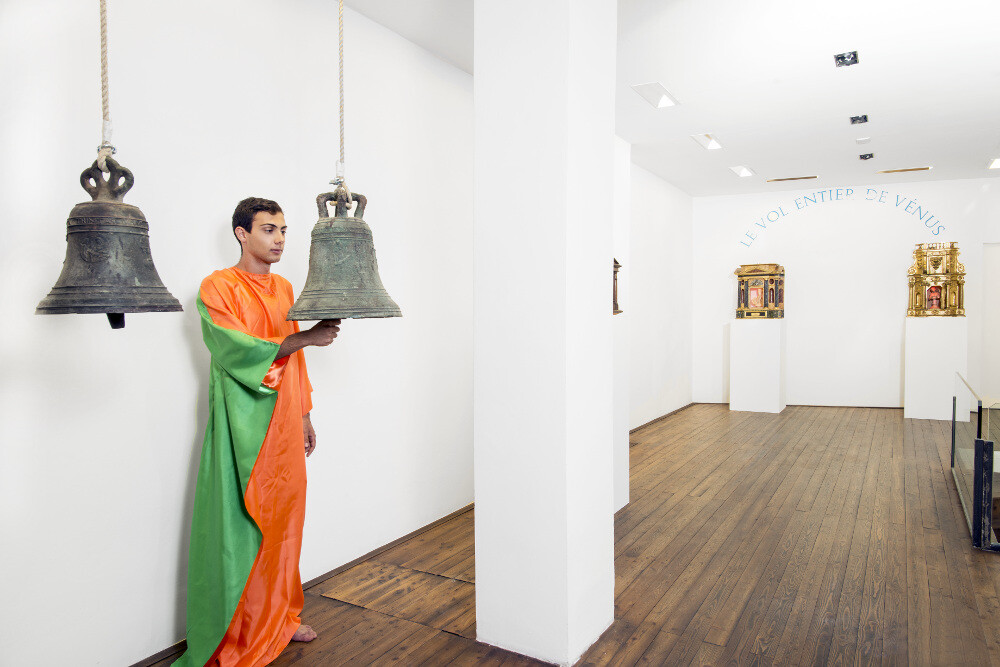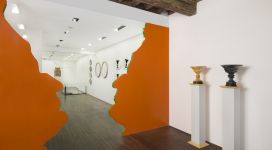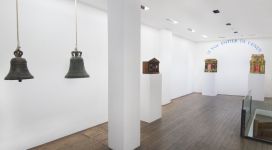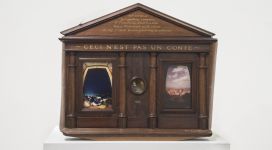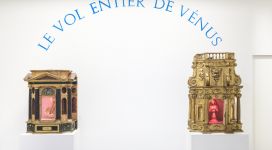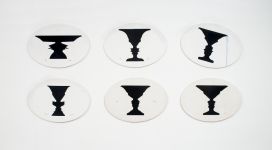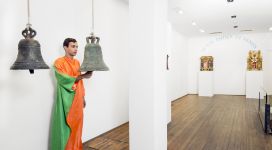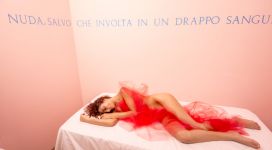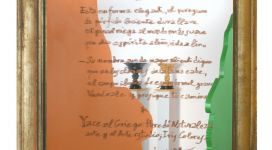| LUCA MARIA PATELLA | Biography | |
| NON OSO / OSO NON / essere | Miart 2017 | |
| curated by ALBERTO FIZ | Catalog | |
| 22 september – 10 november 2017 |
Galleria Il Ponte is opening its new exhibition season with the show NON OSO / OSO NON essere (I DO NOT DARE / I DARE NOT to be) devised especially for the gallery by Luca Maria Patella. As the artist himself states: “Well! more modestly (alertly now?) I am returning to Florence, to The Ponte (The Bridge) (!) with some of my (Florentine?!) ideas (which conjure up a profound dialectic between INConsciousness & CONSCiousness)”.
Visitors are invited to partake in a journey, of initiation almost, set out over the two floors of the exhibition space. Welcoming them are two Vasi Fisiognòmici (Physiognomical Vases) made from the profiles of the Dukes of Urbino (depicted by Piero della Francesca and today in the Uffizi Gallery) sculpted from marble: “She is more graceful, He a rough but cultured warrior. Opposite: an enormous Vas of the Duke (in Jungian Psychic Colours)”. Through the narrow passageway created between the two incredibly tall Profiles of the Duke of Montefeltro, we come to the second room where the walls host works which Patella describes as “significant”, having provided the basis, for some decades now, for his eclectic research ranging through art, science, psychoanalysis and language studies. At the end of the room a Campanaro strikes on the hour and every quarter of an hour, almost as if to mark the descent to the lower floor where, from a small window, we can make out a dawn-pink child’s bedroom encircled by the words “New Life: naked except for the cloth draped around her, slightly visceral”. There She (Beatrice?) is, lying on a Bed, her eyes closed, partially covered by a pinkish cloth. This “funereal” vision refers to the probable former use of the premises where the gallery is now located, as a mortuary: “Is she dead?…”. This is the question the author leaves us with at the end of our “journey” inside what we could define as his “total work”.
Again in the half-dark of the basement level, it will be possible to watch the screening of some of Patella’s “film-works”, amongst which Terra animata (1965-67), very much a forerunner – recently defined as “a key-work in the history of Land-art” at the MOCA in Los Angeles – of those trends that would begin to flourish in the USA in the early 1970s.
The lounge area will host a large selection of photographic works dating from the early 1960s documenting the artist’s experimentation and very often invention of printing and recording techniques (his use, way before its time, of a fish-eye lens, infrared photography and colour printing of black-and-white negatives). Techniques which make Luca Maria Patella a true Argonaut in the infinite spaces of language and the human psyche.
Exhibition realized in collaboration with CSC-Cineteca Nazionale, Rome and Fondazione Morra, Naples.
